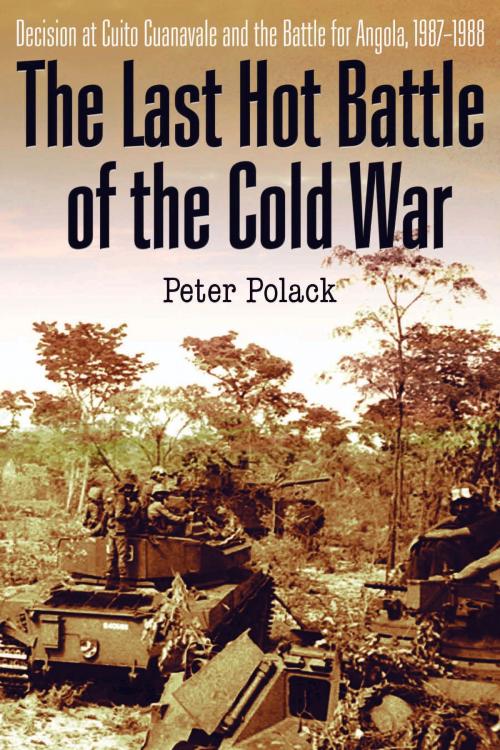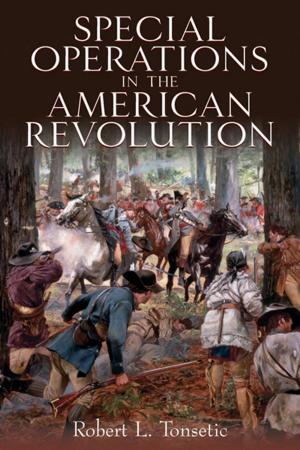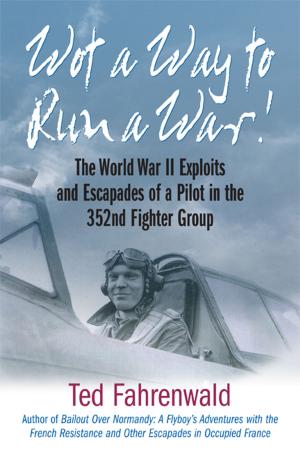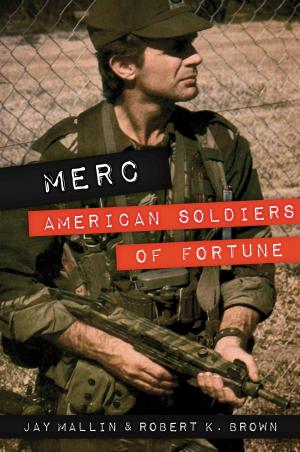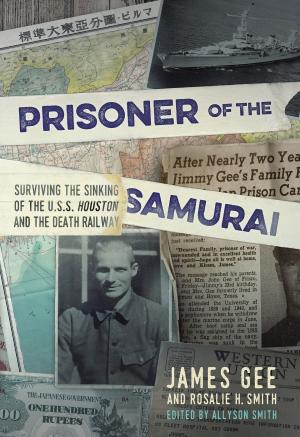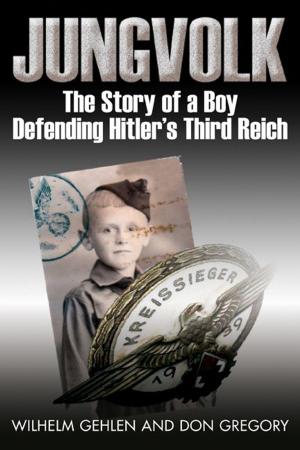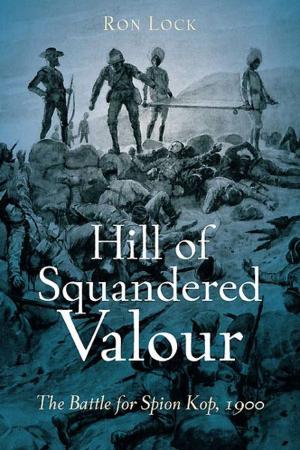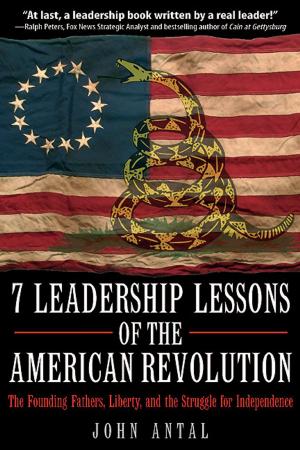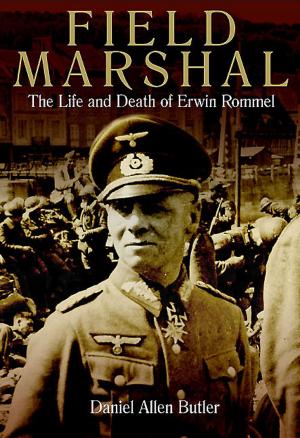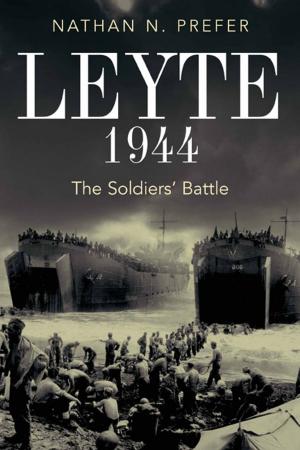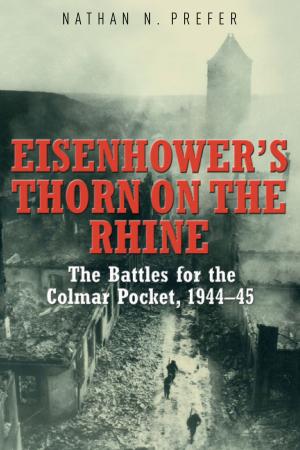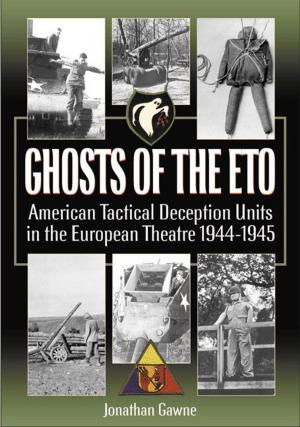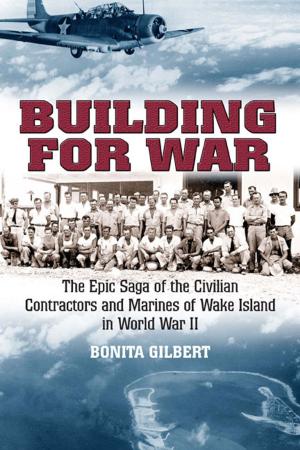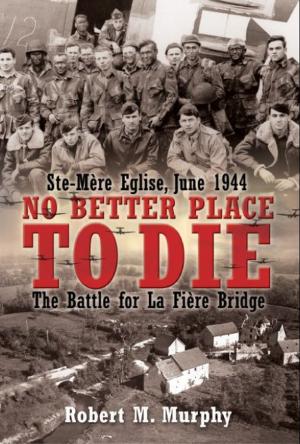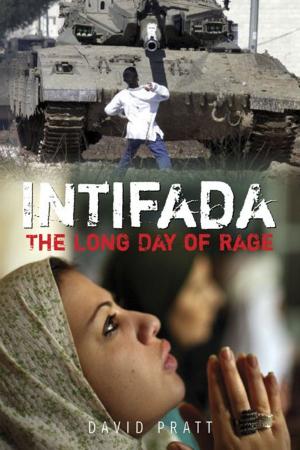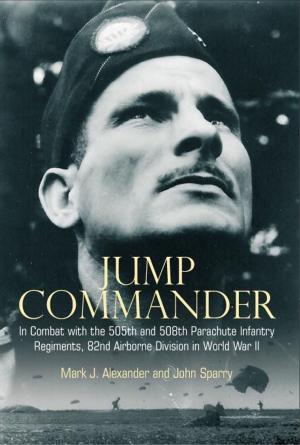The Last Hot Battle of the Cold War
South Africa vs. Cuba in the Angolan Civil War
Nonfiction, History, Africa, Military| Author: | Peter Polack | ISBN: | 9781612001968 |
| Publisher: | Casemate | Publication: | December 13, 2013 |
| Imprint: | Casemate | Language: | English |
| Author: | Peter Polack |
| ISBN: | 9781612001968 |
| Publisher: | Casemate |
| Publication: | December 13, 2013 |
| Imprint: | Casemate |
| Language: | English |
As the Soviet Union teetered on the edge of collapse during the late 1980s, and America prepared to claim its victory, a bloody war still raged in Southern Africa, where proxy forces from both sides vied for control of Angola. The result was the largest battle on the dark continent since Al Alamein, with forces from both sides paying in blood what U.S.-Soviet diplomats were otherwise spending in diplomacy.
The socialist government of Angola and its army, FAPLA, fully stocked with Soviet weapons, had only to wipe out a massive resistance group, UNITA, secretly supplied by the U.S, in order to claim full sovereignty over the country. A giant FAPLA offensive so threatened to succeed in overcoming UNITA that apartheid-era South Africa stepped in to protect its own interests. The white army crossing the border prompted the Angolan government to call on their own foreign reinforcements—the army of Communist Cuba’s.
Thus began the epic battle of Cuito Cuanavale, largely unknown in the U.S., but which raged for three months in the entirely odd match-up of South African Boers vs. Castro’s armed forces, which for the first time in the Cold War proved what it could achieve. And it turned out the Cubans were very good.
The South Africans were no slouches at warfare themselves, but had suffered under a boycott of weapons since 1977. The Cubans and Angolan troops, instead, had the latest Soviet weapons, easily delivered. But UNITA had its secret U.S. supply line and the South Africans knew how to fight, mainly at a disadvantage in air power for lack of spare parts. Meantime the Cubans overcame their logistic difficulties with an impressive airlift of troops over the Atlantic, while the Boers simply needed to drive next door.
As a case study of ferocious fighting between East and West—albeit proxies for the great powers on all sides—this book unveils a remarkable episode of the end-game of the Cold War largely unknown to the public. The Angolans on both sides suffered heavily, but it was the apartheid South Africans versus Castro’s armed forces that provides utter fascination in one of history’s rare match-ups.
As the Soviet Union teetered on the edge of collapse during the late 1980s, and America prepared to claim its victory, a bloody war still raged in Southern Africa, where proxy forces from both sides vied for control of Angola. The result was the largest battle on the dark continent since Al Alamein, with forces from both sides paying in blood what U.S.-Soviet diplomats were otherwise spending in diplomacy.
The socialist government of Angola and its army, FAPLA, fully stocked with Soviet weapons, had only to wipe out a massive resistance group, UNITA, secretly supplied by the U.S, in order to claim full sovereignty over the country. A giant FAPLA offensive so threatened to succeed in overcoming UNITA that apartheid-era South Africa stepped in to protect its own interests. The white army crossing the border prompted the Angolan government to call on their own foreign reinforcements—the army of Communist Cuba’s.
Thus began the epic battle of Cuito Cuanavale, largely unknown in the U.S., but which raged for three months in the entirely odd match-up of South African Boers vs. Castro’s armed forces, which for the first time in the Cold War proved what it could achieve. And it turned out the Cubans were very good.
The South Africans were no slouches at warfare themselves, but had suffered under a boycott of weapons since 1977. The Cubans and Angolan troops, instead, had the latest Soviet weapons, easily delivered. But UNITA had its secret U.S. supply line and the South Africans knew how to fight, mainly at a disadvantage in air power for lack of spare parts. Meantime the Cubans overcame their logistic difficulties with an impressive airlift of troops over the Atlantic, while the Boers simply needed to drive next door.
As a case study of ferocious fighting between East and West—albeit proxies for the great powers on all sides—this book unveils a remarkable episode of the end-game of the Cold War largely unknown to the public. The Angolans on both sides suffered heavily, but it was the apartheid South Africans versus Castro’s armed forces that provides utter fascination in one of history’s rare match-ups.
